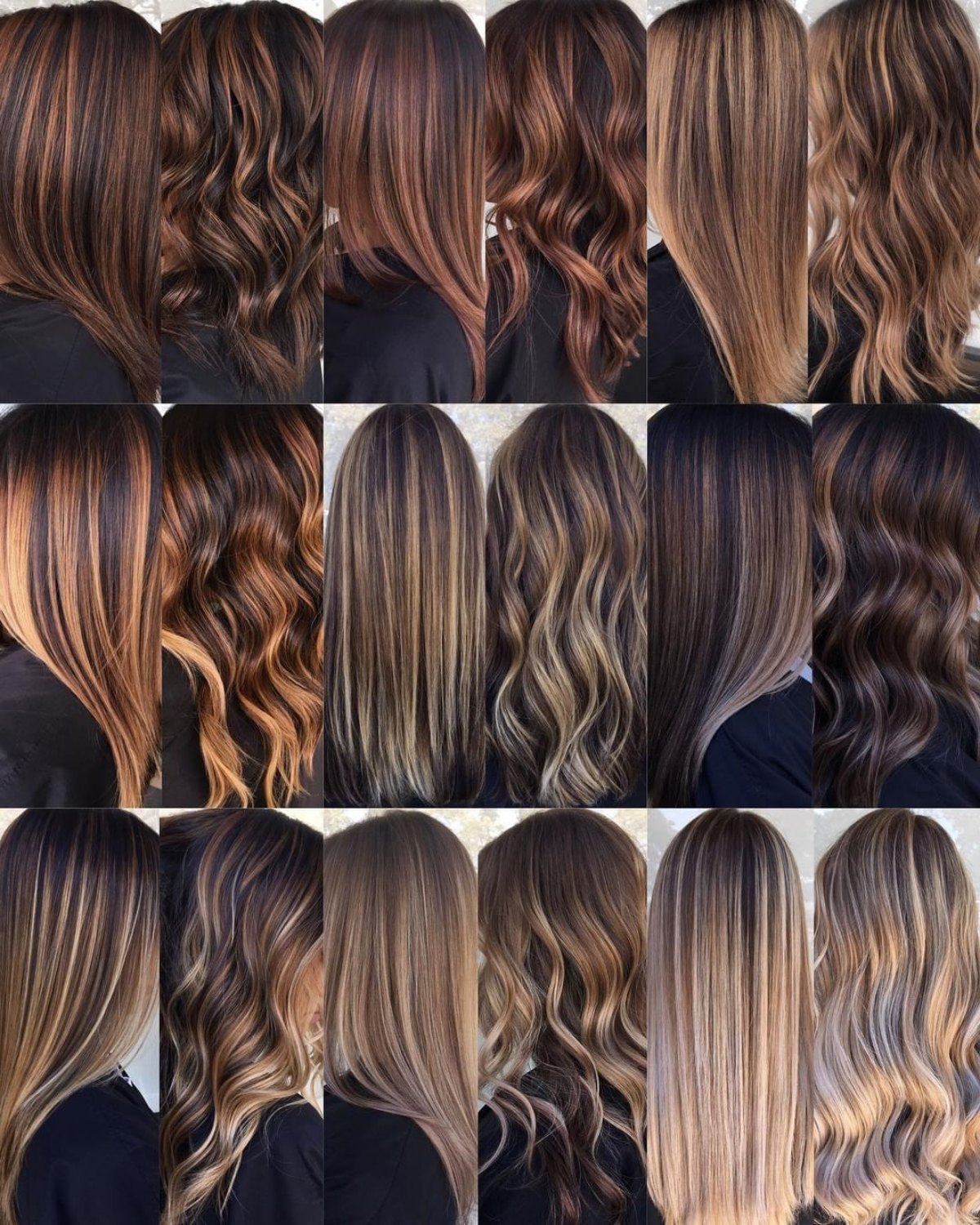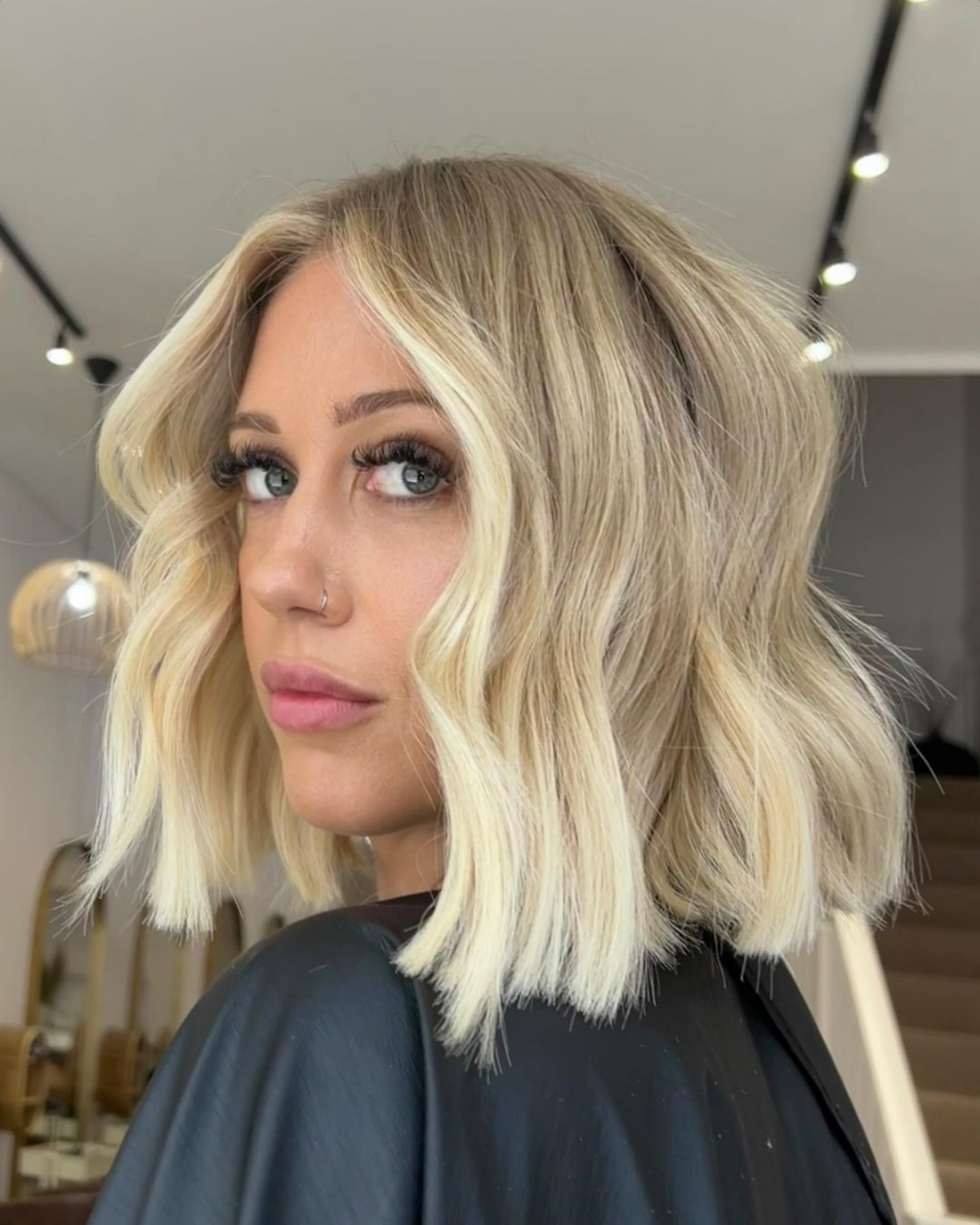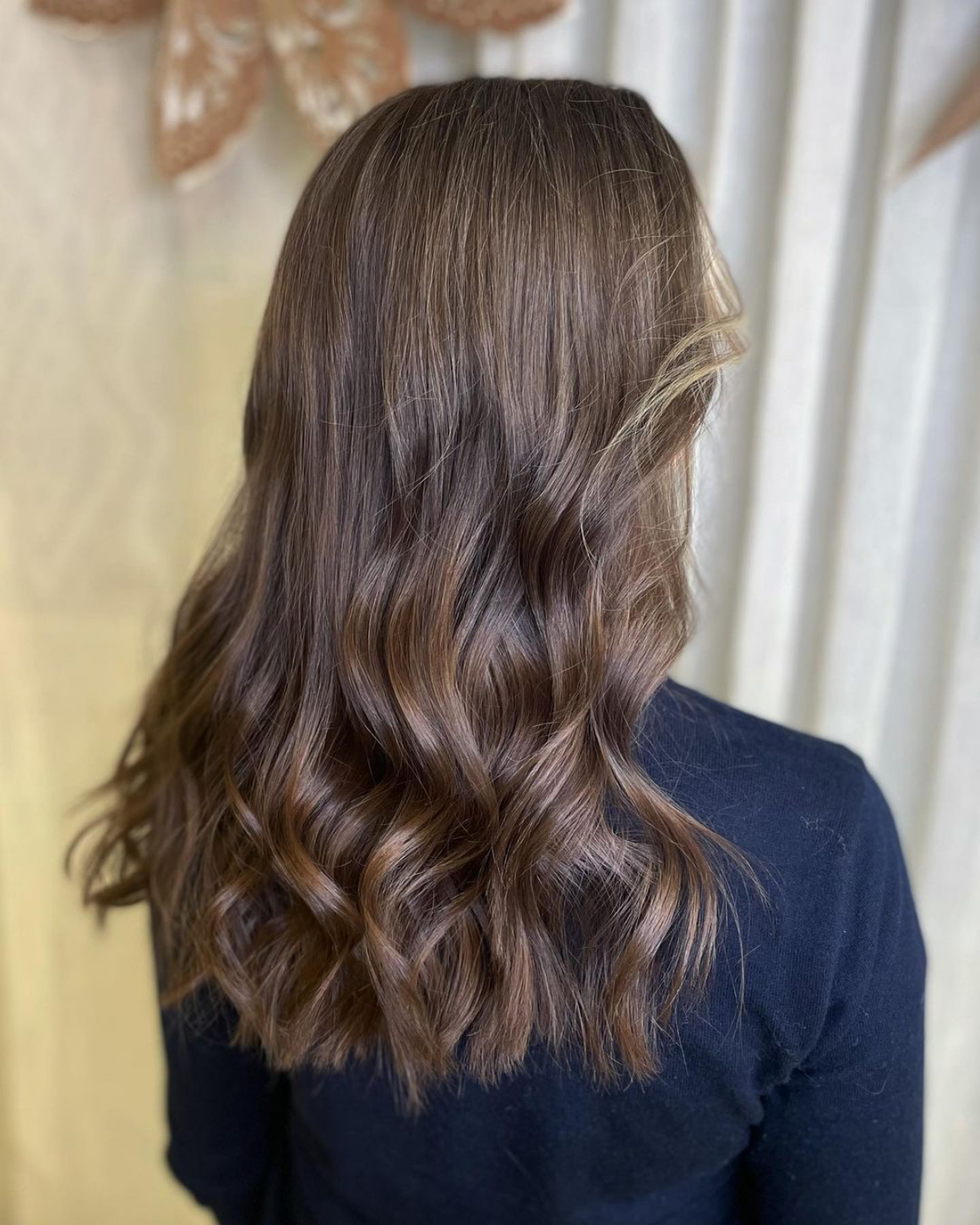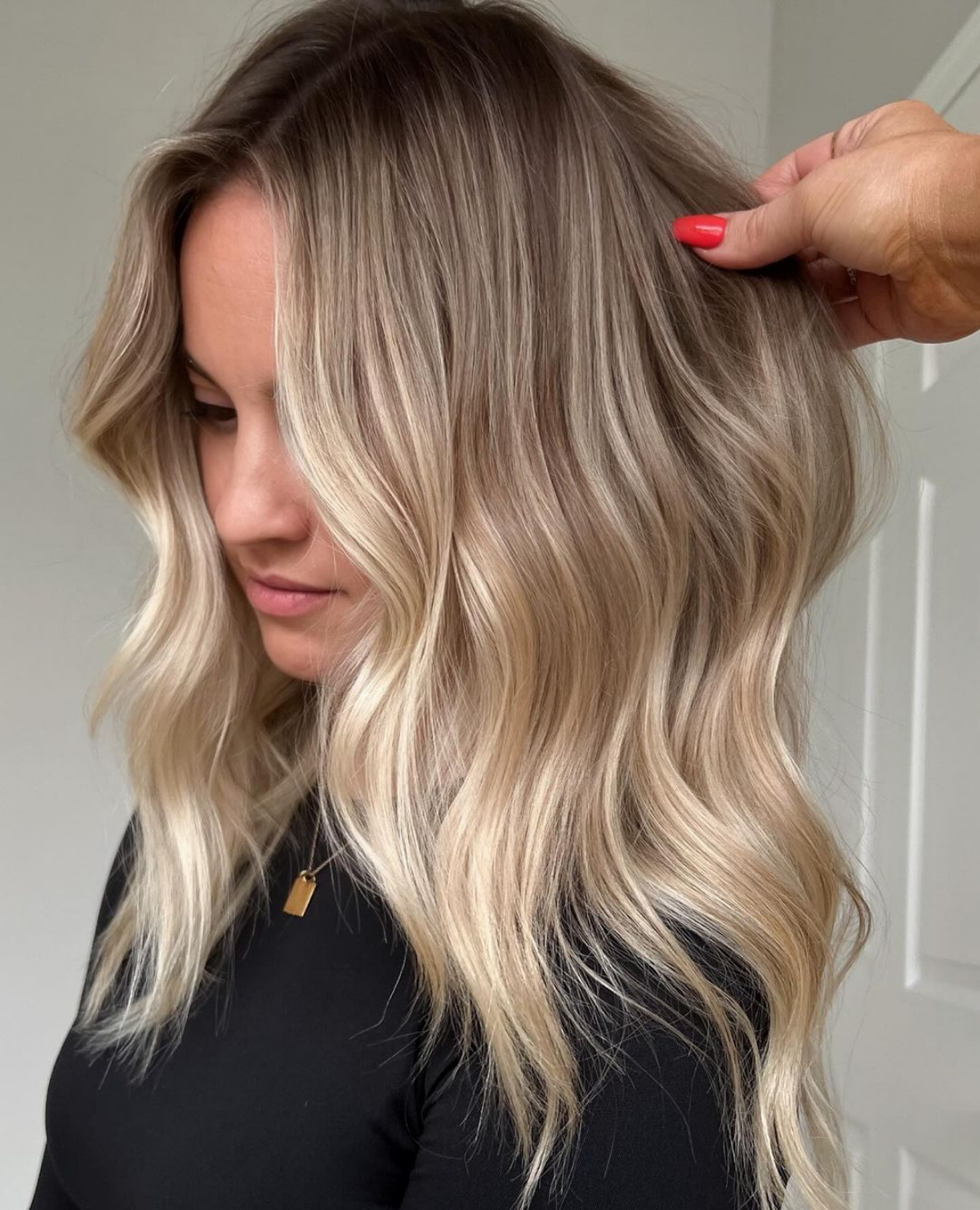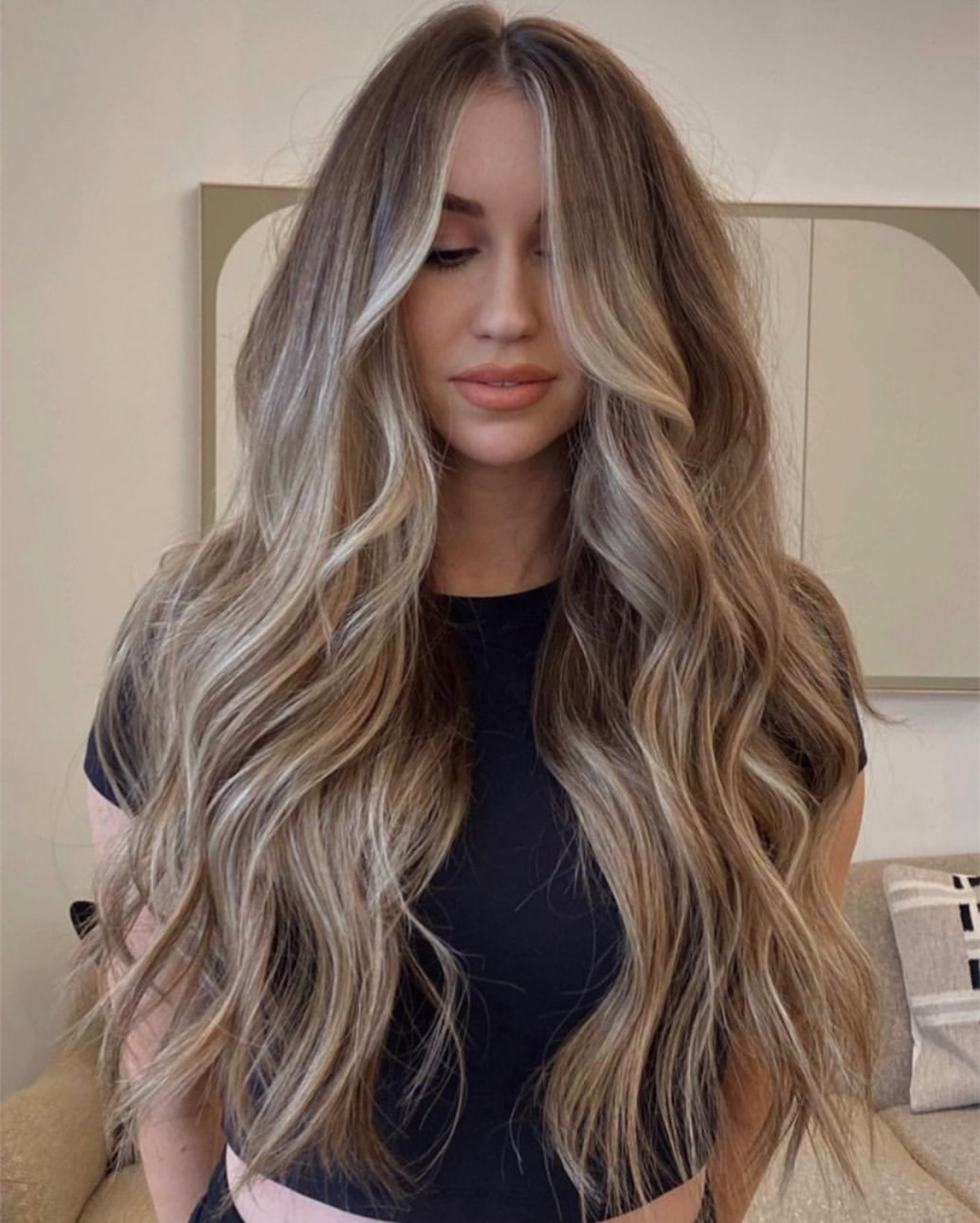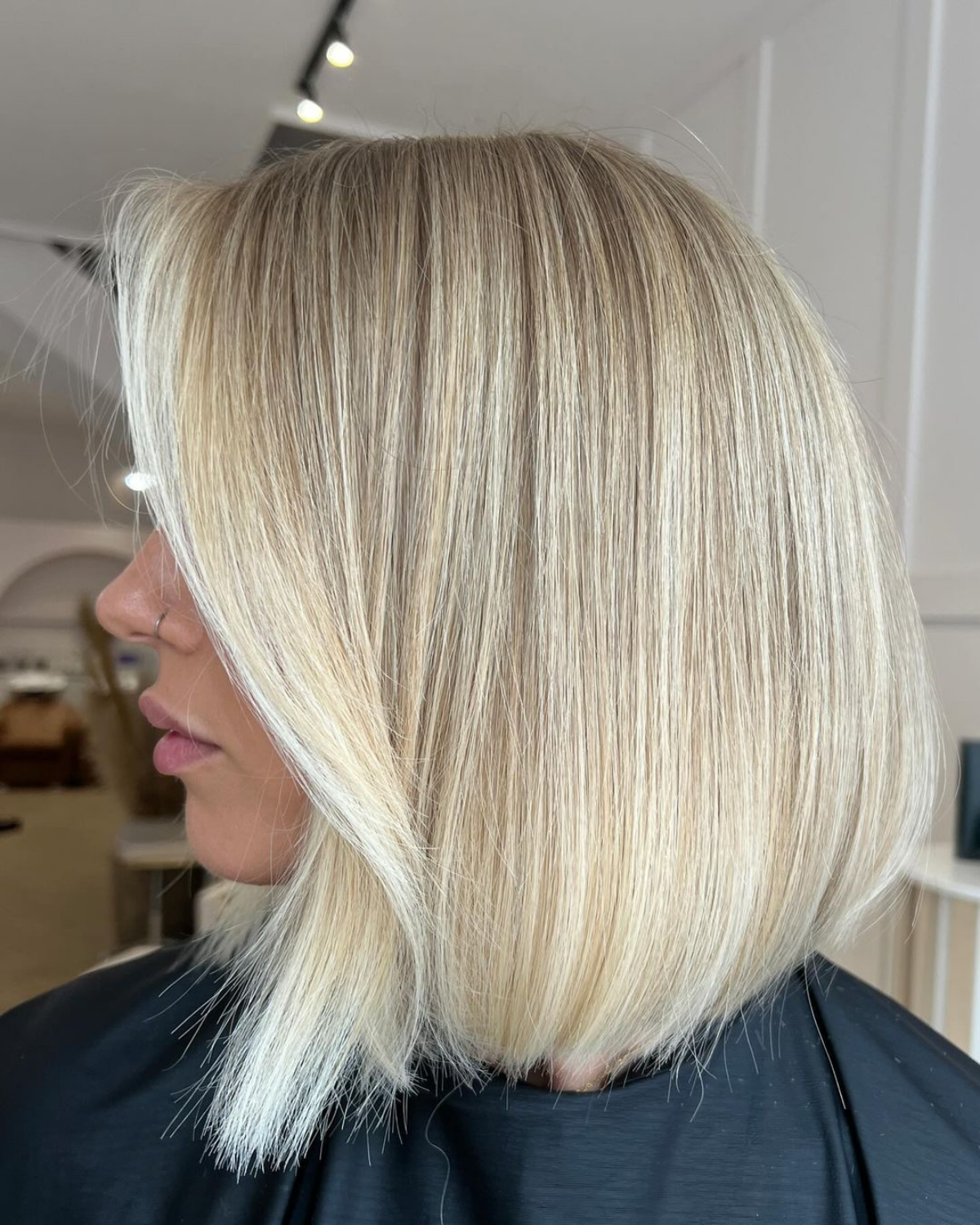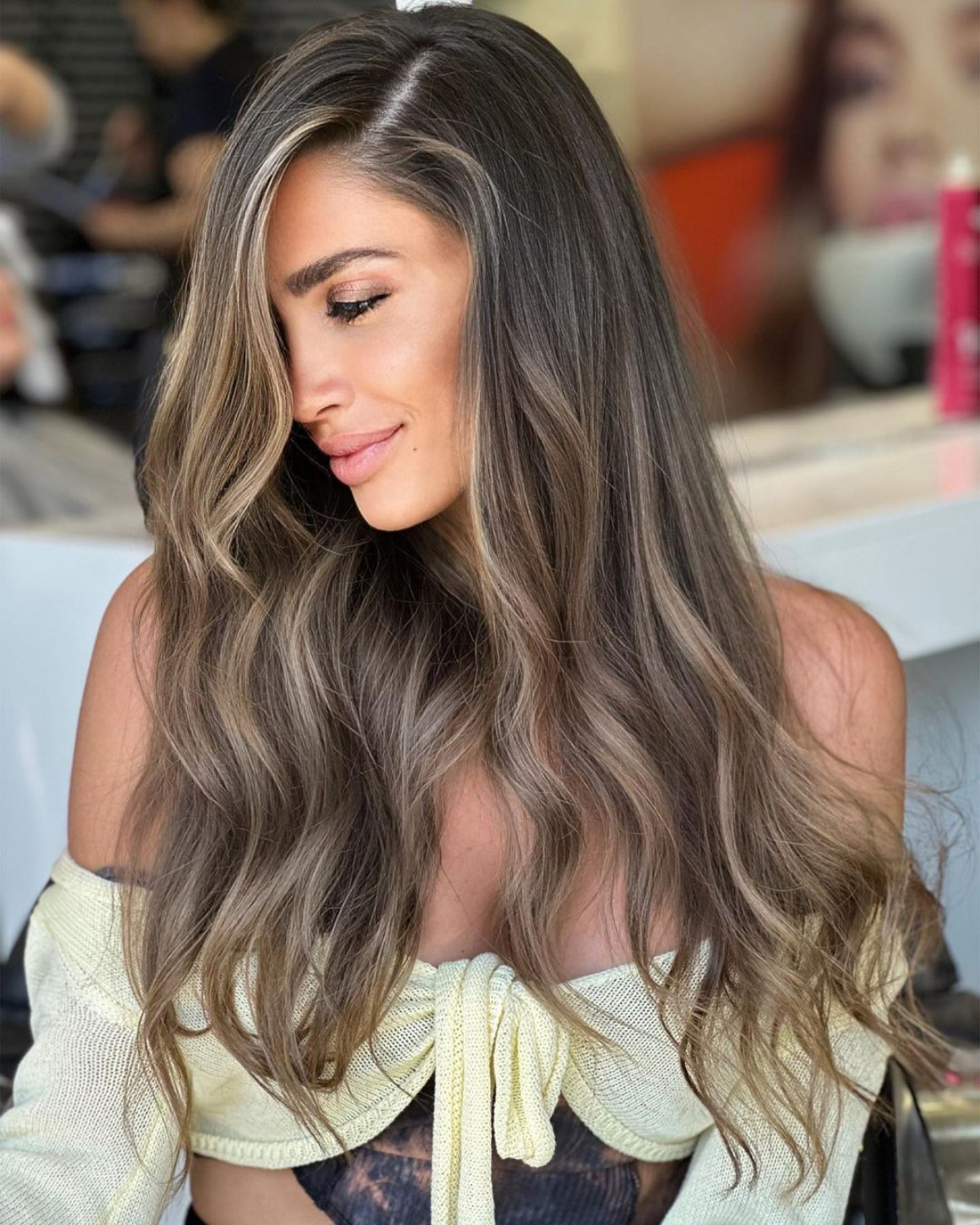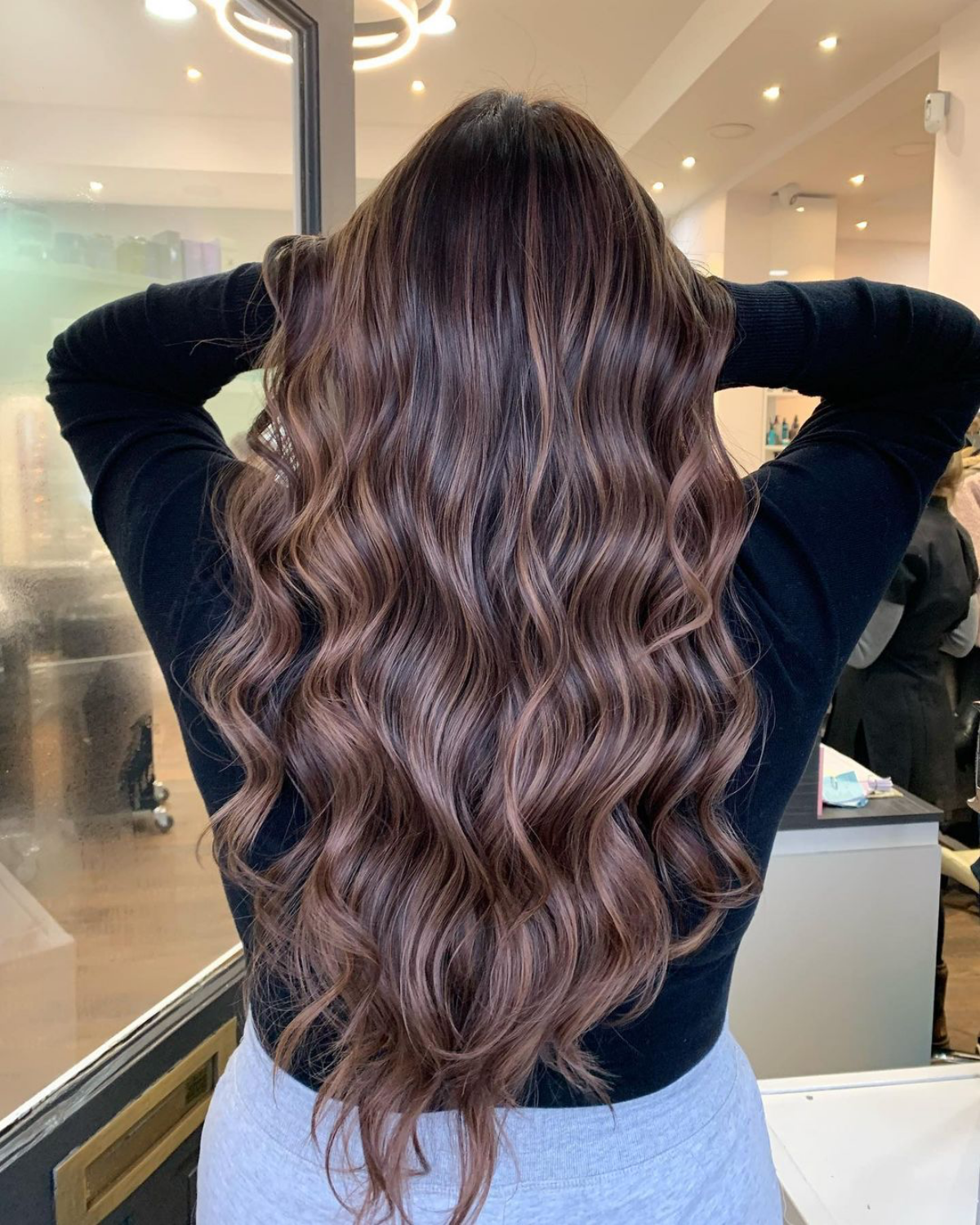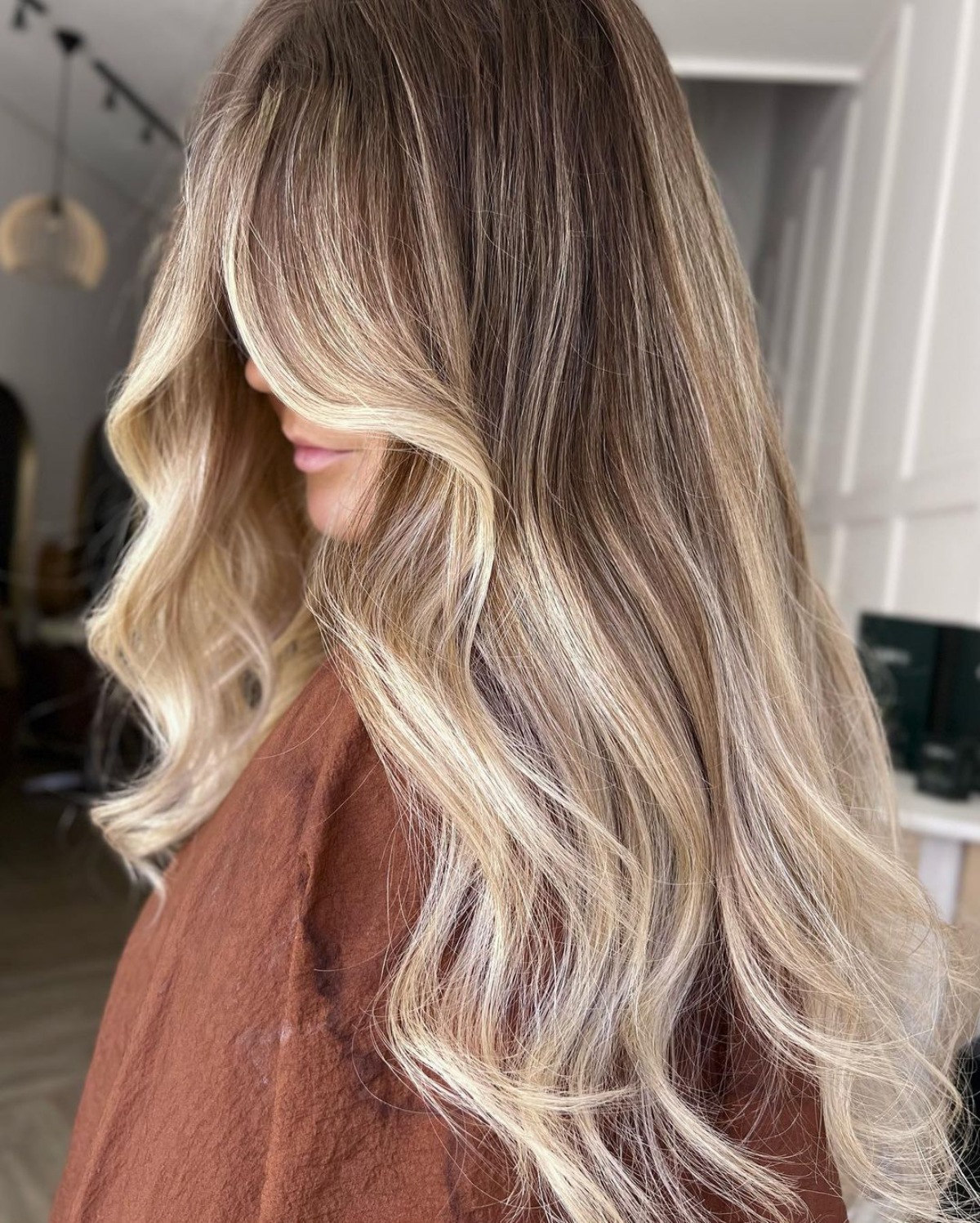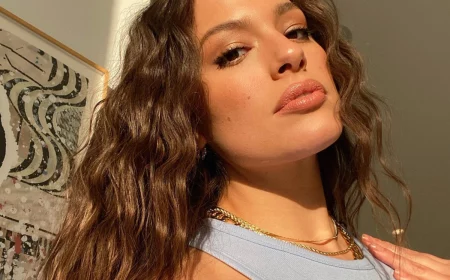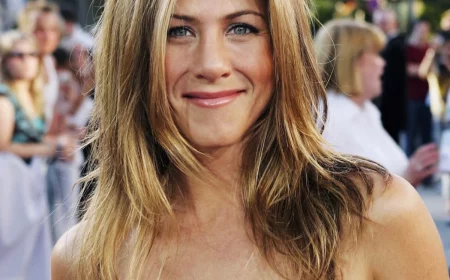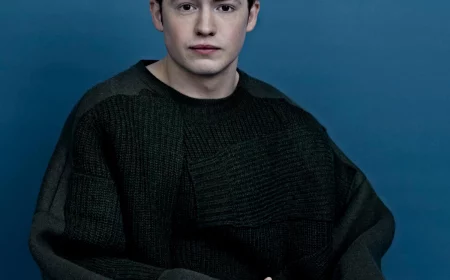Transform Your Hair With Low Lights: The Ultimate Guide
Immerse yourself in the enchanting world of low lights, where the art of subtlety meets the sophistication of hair coloring. This lesser-known technique, a close relative of highlights, is poised to revolutionize your hair’s appearance. Low lights expertly weave depth and intrigue into your locks. They manage to create looks that marry natural allure with a touch of glamour. This hair coloring approach isn’t just a method. It’s a celebration of your hair’s inherent beauty. It involves infusing strands with shades subtly darker than your natural color, conjuring a rich, multi-dimensional aesthetic. Ideal for those yearning for a gentle yet noticeable change. This style offers a transformation that’s both understated and striking. Thus, making them a perfect choice for anyone looking to subtly enhance their natural beauty without a drastic overhaul.
Immerse yourself in the enchanting world of low lights
In this article
Low Lights 1o1
Low lights, the technique of applying hues darker than your natural hair color, are designed to enrich your hair’s appearance with depth, contrast, and richness. This method subtly but significantly alters your hair’s aesthetic, offering an elegance that’s anything but ordinary. Distinct from highlights, which brighten and elevate your hair color, low lights infuse darker tones, creating a sense of grounding and depth. This infusion of deeper shades imparts an illusion of volume and textural depth, making your hair appear fuller and more luscious. Low lights, therefore, are not just about color change. They’re about enhancing the natural beauty and feel of your hair, adding an element of sophistication and dimension that’s both visible and tactile.
This method subtly but significantly alters your hair’s aesthetic
Benefits of Low Lights
Low lights bring a unique depth to your hair that transcends the capabilities of a single-tone color. They intricately layer various hues, which in sunlight, dance and create a dynamic, voluminous look. This technique harmonizes with your natural hair color, gracefully enhancing it without overpowering it. The subtle nuances added by low lights illuminate your natural hair color, making it pop and shimmer with an understated elegance. This method of coloring not only elevates the visual appeal of your tresses but also adds a tangible sense of volume and richness, transforming your hair into a canvas of depth and dimension. Low lights are thus the perfect choice for anyone looking to enrich their hair’s natural beauty while maintaining a look that’s both refined and effortlessly chic.
Low lights bring a unique depth to your hair
How To Choose The Right Shade
Selecting the ideal low-light shade is pivotal in achieving a harmonious, natural look. The essence of perfect low lights lies in choosing a color that complements and subtly deepens your natural hair tone. Aim for shades that are a few notches darker but remain within the same color spectrum as your natural hair. This ensures a blend that is both seamless and visually appealing. Consider your skin tone as a crucial factor. It can significantly influence how the color interacts with your overall appearance. For warmer skin tones, rich and deeper hues can create a stunning contrast, while cooler skin tones are beautifully enhanced by ashy and cooler shades. This careful consideration ensures the low lights not only enrich your hair but also accentuate your natural features, creating a look that’s both cohesive and strikingly beautiful.
Choose a color that complements and subtly deepens your natural hair tone
The Process of Applying Low Lights
Applying low lights is an art that requires precision and skill. This process begins with selecting specific strands of hair that will receive the color. The aim is to strategically apply the darker shade to create a natural, blended effect. This effect will enhance the overall depth and dimension of your hair. While there are DIY kits available for those who prefer a home approach, seeking the expertise of a professional stylist is often recommended for optimal results. A salon visit provides access to expert color matching and advanced application techniques, ensuring a finish that is both professional and personalized. A stylist’s trained eye can determine the best placement of low lights to complement your natural hair pattern and face shape, creating a look that is uniquely tailored to you.
This process begins with selecting specific strands of hair that will receive the color
Aftercare and Maintenance
Maintaining the allure of your low lights requires a dedicated aftercare routine. To preserve the vibrancy and longevity of the color, it’s essential to use shampoos and conditioners formulated for color-treated hair. These products are designed to gently cleanse without stripping away the color, helping to retain the depth and richness of your low lights. Regular trims are also crucial in keeping your hair healthy and preventing split ends, which can detract from the overall appearance of your low lights. Deep conditioning treatments can nourish and rejuvenate color-treated hair, ensuring it remains soft, shiny, and healthy. Additionally, minimizing exposure to environmental factors like the sun and chlorinated water can prevent premature fading and color distortion.
Maintaining the allure of your low lights requires a dedicated aftercare routine
Common Mistakes
When it comes to low lights, less is often more. A common pitfall is over-processing. This is where too much color is applied. Thus leading to a heavy, unnatural look that masks the hair’s natural variations. The beauty of low lights lies in their ability to blend seamlessly with your natural hair color, creating a subtle yet impactful enhancement. It’s important to avoid the temptation of going too dark or too bold, as this can result in a stark contrast that detracts from the desired effect. If you find that your low lights are overpowering or too pronounced, seeking the advice of a professional stylist is a wise move. They possess the expertise to fine-tune the color, ensuring a balanced and natural integration with your existing hair tone. Remember, the goal of low lights is to enrich and complement your natural hair, not to overshadow it.
The beauty of low lights lies in their ability to blend seamlessly with your natural hair color
How To Style Low Lights
Low lights are versatile and can significantly elevate various hairstyles, whether your hair is pin-straight, wavy, or curly. For straight hair, low lights add an intriguing depth that brings out the sleekness of the strands. In curly hair, they playfully interact with the curls, accentuating each twist and turn, and amplifying the hair’s texture. Experimenting with accessories is a fantastic way to further enhance your low-lighted hair. Headbands, scarves, or hats can add a stylish edge to your overall look. These accessories can be chosen to either contrast or harmonize with your low lights. This will add another layer of depth and sophistication to your hairstyle. With low lights, your hair becomes a canvas for creativity. They allow you to explore different looks and styles that showcase the rich dimensions of your new color.
Experimenting with accessories is a fantastic way to further enhance your low-lighted hair
Low Lights on Different Hair Types
Low lights are a versatile coloring technique that can be customized to flatter any hair type. This technique enhances the natural beauty of your tresses. For those with fine hair, low lights can create an illusion of volume and fullness. They can make each strand appear more robust and lively. In thick hair, they add depth and intricacy, breaking up the density to give a more dimensional look. Curly hair, with its unique patterns and twists, can greatly benefit from low lights, as they accentuate each curl and provide a visual separation that defines and celebrates the natural curl structure. Similarly, in straight hair, low lights add movement and interest, giving a sophisticated edge to the sleekness. No matter the length of your hair, low lights can be strategically placed to enhance your haircut and style.
This technique enhances the natural beauty of your tresses
Seasonal Considerations
Selecting the right low light shades can also be influenced by the time of year, as seasonal changes often inspire a shift in hair color preferences. During summer months, lighter and softer tones of low lights can complement the brighter, sunnier days. These shades can reflect the season’s lightness and add a breezy, effortless feel to your hair. Conversely, in the winter, when the environment is typically darker and more subdued, richer and deeper low light shades can bring warmth and depth to your hair, mirroring the cozy and intimate ambiance of the season. Alongside color choices, it’s also important to adjust your hair care routine to suit the season. Summer hair care should focus on protecting your low lights from UV exposure, which can fade color and dry out hair. Winter care, on the other hand, should concentrate on hydration, providing your hair with the necessary moisture to counteract the dry, harsh weather.
Selecting the right low-light shades can also be influenced by the time of year
The journey into the world of low lights is an adventure of transformation and discovery. Embracing this change is about more than just altering your hair color. It’s about unlocking a new dimension of your personal style and boosting your self-confidence. The subtlety of low lights can have a profound effect. They can create a look that enhances your natural beauty and complements your individuality. As you delve into this captivating realm, you’ll find that low lights offer a spectrum of possibilities. From subtle nuances to dramatic changes, all while maintaining a natural, cohesive appearance. For those new to low lights, this world offers a chance to experiment with color in a gentle, less intrusive way.
The subtlety of low lights can have a profound effect

